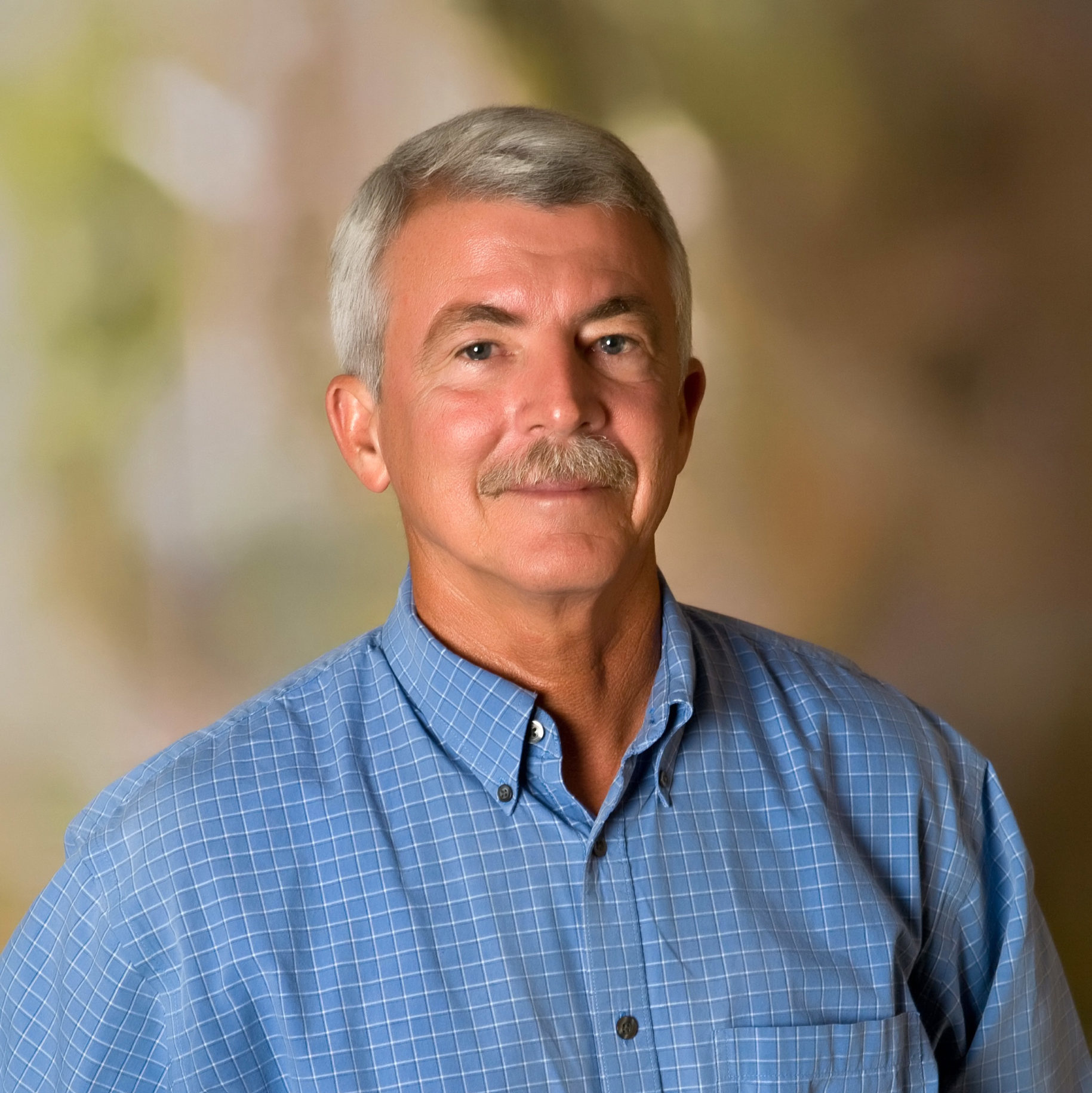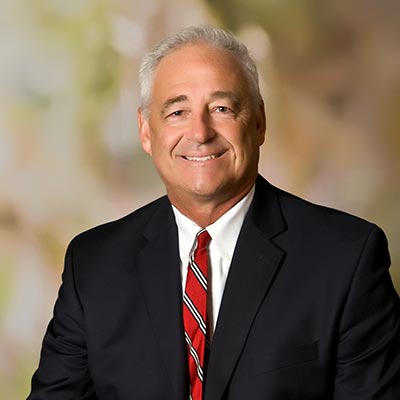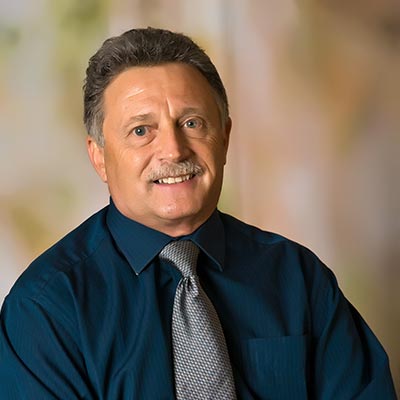Laura is the director of the firm’s planning and landscape architecture group. She joined Johnson Engineering in 2004 to lead the planning services in the firm’s Collier County office and is now the Department Director for all planning and landscape architecture efforts for Johnson Engineering. Laura manages projects that involve development feasibility studies, governmental coordination, preparation and presentation of land use and zoning applications, site planning, master planning, and design. She has 20 years of professional experience in the planning field, in both the public and private sector. Prior to joining Johnson Engineering, Laura served five years as a planner for the City of Naples.
We are a multi-disciplined
Civil engineering firm.
Johnson Engineering is one of the oldest and most prominent civil engineering firms in Southwest Florida. Our team of more than 120 team members consists of professional engineers, surveyors, ecologists, scientists, geologists, certified planners, and landscape architects located throughout Florida. We have helped guide city, county, and state governmental institutions, as well as private companies, through the design and permitting process for decades. Our extensive list of well-known Florida roads, shopping centers, schools, hospitals, residential communities, resorts, and commercial developments show our continued dedication to responsibly develop and improve Florida’s communities.
More About UsJetBlue Park
Lead civil engineer on largest
multi-use baseball stadium in
Southwest Florida.
Babcock Ranch
Began drainage work on the
original ranch in the 1960s and
continue many of our other
services to this day.
Michael G. Rippe Parkway
Designed this six-lane divided
highway through an environmentally
sensitive area.
Services We Provide
To best serve our clients’ needs, our company is structured into distinct market groups,
each offering an array of specialized professional services.
Contact any of our office locations by calling

































































